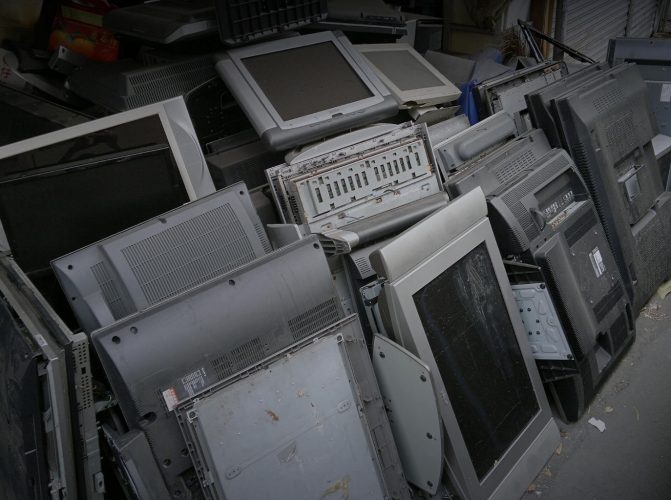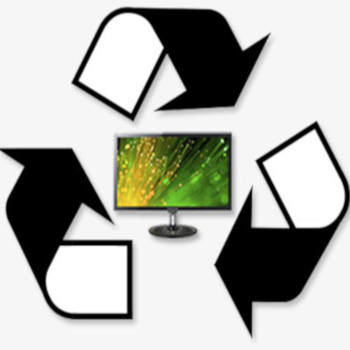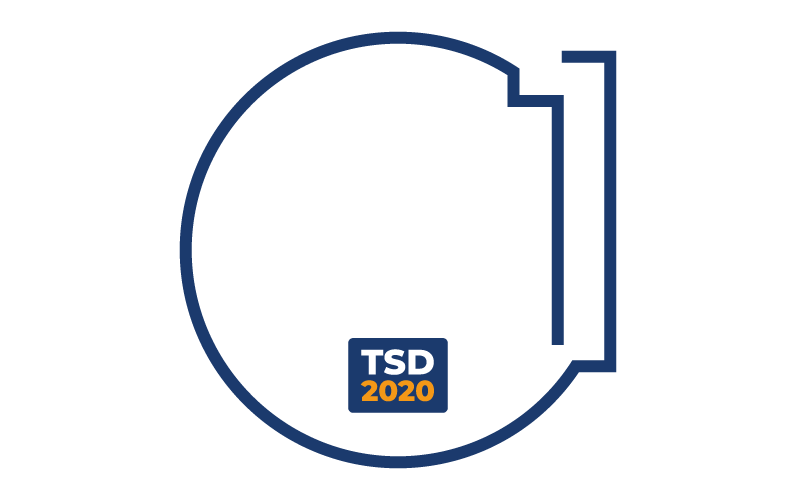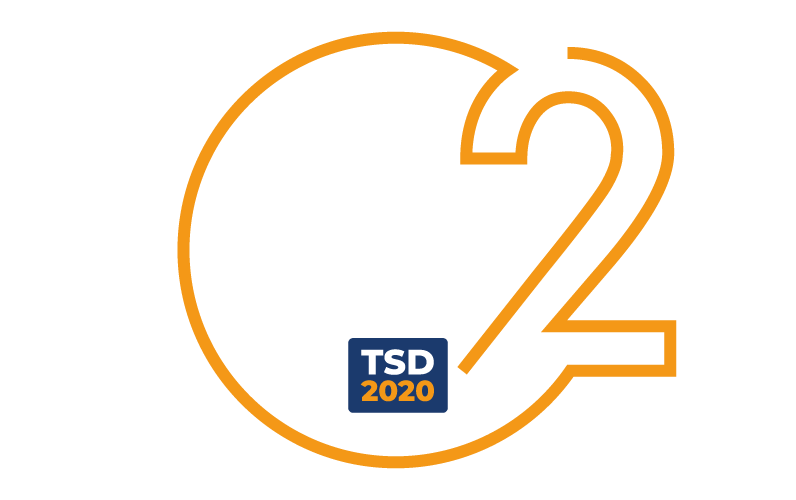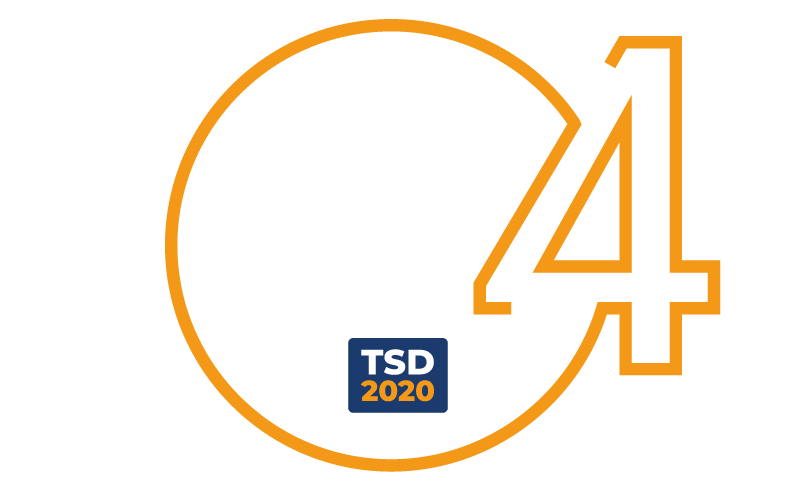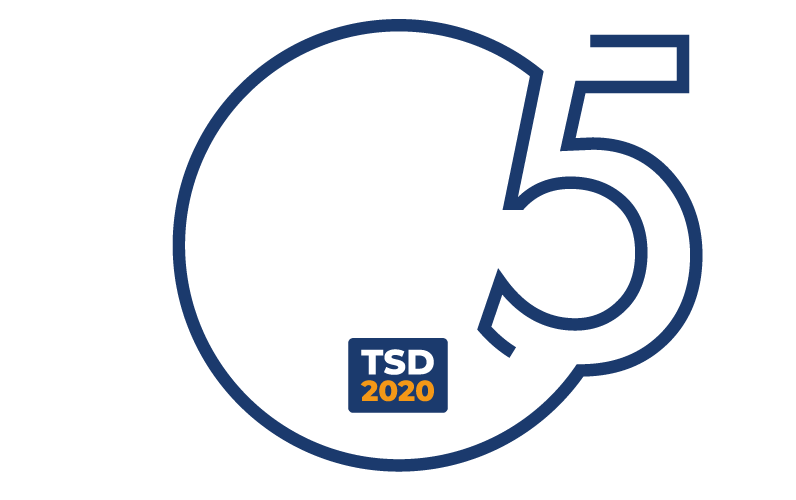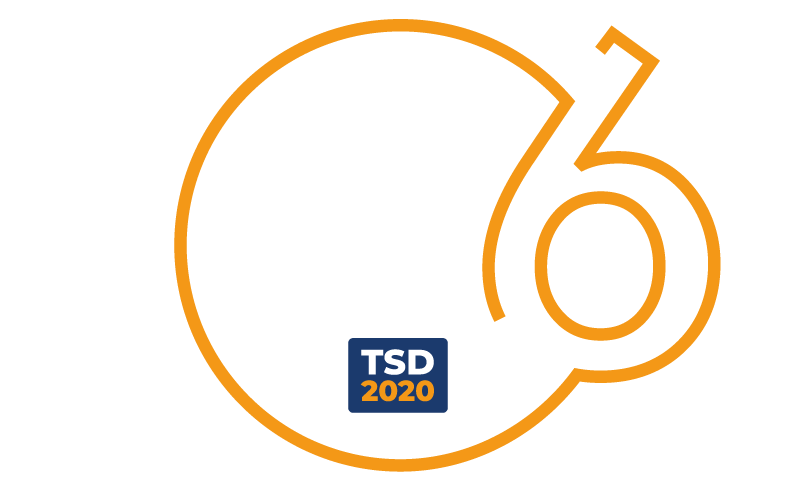
The end-of-life liquid crystal displays (LCD) represent a relevant criticality for waste management since huge amounts of this waste are reaching the landfilling sites worldwide. This equipment is used in different devices (e.g., PC, Tv, notebook monitors) with an average lifespan of 6-7 years.
During the traditional recycling technology, after a first dismantling of the LCD, the resulting panel is disposed of as not-hazardous material, with a consequent loss of valuable materials. Indeed, this panel is composed of glass, the main component, and ITO, a film of Indium (90%) and tin (10%) oxides. The potential economic value of these fractions, combined with the need to decrease waste sent to landfilling sites, makes this innovative LCD recycling process essential for the development of circular economy strategy.





